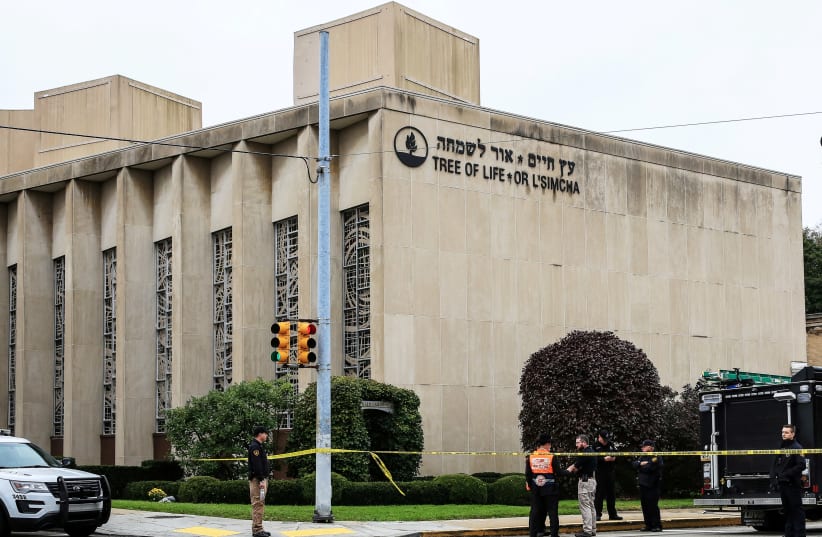What I learned at the dinner table: Talking about antisemitism
In the wake of the Tree of Life horror, I heard words of outrage and comfort from classmates, foreign diplomats and others whose first reactive response was to reach out to the Jews they know.
